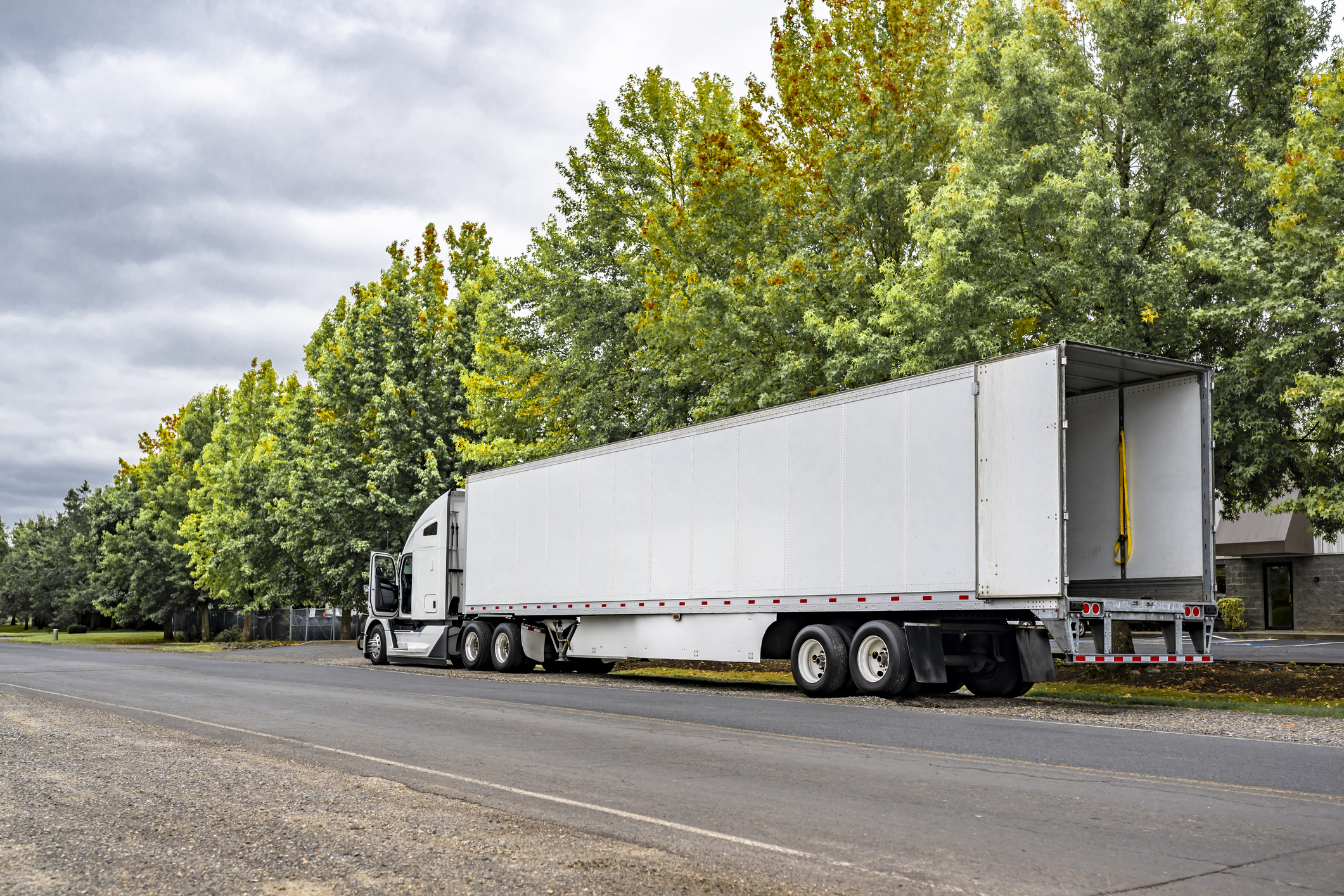Is Driver Loyalty a Thing of the Past?

The short answer is no. But that comes with a caveat — driver loyalty has to be earned.
The trend away from loyalty is certainly not a phenomenon seen solely in the trucking industry. The COVID-19 pandemic and resulting effects on the workforce brought to light widespread employee dissatisfaction. The result? A mass exodus of people leaving their jobs for greener pastures, coined as the Great Resignation in some cases and the Great Reshuffle in others.
Why are employees suddenly “disloyal” and willing to jump ship? In many cases, it has to do with the conditions they’re faced with on a daily basis and whether or not they feel valued. These are not new conditions; employees have simply reached an impetus where they’re no longer willing to stick around.
In some sense, other industries are just now learning what the trucking industry has long known — if you don’t value your employees, they’ll move on to someplace where they are. You can’t simply assume they’ll be loyal to your company; you have to continually earn that loyalty.
“This is definitely something we’ve been seeing in the trucking industry, but it’s not new as of the Great Resignation,” says Katie Love of WorkHound. “It’s been going on for a while with the industry wide turnover and shortage. Trucking might be behind in some areas, but when it comes to waning employee loyalty, they’ve been ahead of the curve for a while.”
If that’s the case, though, what can trucking companies do to cultivate loyalty and limit turnover? It starts with trust.
Loyalty Is a Two-Way Street
We’ve done a good bit of research into the dynamics at play between drivers and trucking companies, as well as why it can be challenging to build trust. One significant roadblock is that many drivers have negative past experiences with other carriers, which make them leery in their interactions with their existing companies.
“There’s a lot of conversation about driver loyalty, but there isn’t a lot of conversation about employer loyalty to drivers,” Love says. “Drivers generally feel disrespected by the industry and by carriers. It’s sort of an individualist culture — drivers vs. trucking companies. That’s partly because of their physical position at a company, where they’re often miles and miles away.”
But that’s a dynamic that can be overcome with consistent communication and interactions. Ultimately, drivers are looking to find a place where they feel like they truly belong.
“Drivers are usually not fully integrated into the company culture,” Love adds. “They can’t participate in events, they can’t build camaraderie, they don’t have that sense of belonging or community. Because of that, drivers are often looking for it. It’s what every person wants; we want to belong. People find that in a lot of places in their personal lives, but we still want it in our work.”
How to Create a Culture of “Belonging”
What can your company do to break through that barrier and provide your drivers with this invaluable sense of belonging? There’s no set-it-and-forget-it formula, but consistently putting in the work can earn you trust and loyalty.
Not sure where to begin? Start here:
- Know your drivers’ names — and their stories. Invest time on the front end into learning about who your drivers are as people, then put that knowledge into action. This demonstrates that they’re more than a number to your company.
- Take personal situations into account. From an HR perspective, it can be much easier to have one-size-fits-all policies, but that’s an overly simplistic way of working with people. Thoughtfully consider individual circumstances when making determinations about home time or routes, providing drivers with assurance you see them as valued members of the team.
- Listen to your drivers. And don’t simply listen for the sake of listening. Don’t multitask during your conversations with them and truly hear their concerns, questions, and issues, then determine how your company can take meaningful action. This “feedback loop” of receiving feedback, taking action, then getting feedback on that action is ultimately what builds a culture of trust.
- Provide growth opportunities. While it’s true that some employees are perfectly happy in a position where upward (or parallel) movement isn’t possible, professional opportunities are coveted by many people. Offering growth opportunities, such as improved routes or chances to develop into a trainer or recruiter position, lets drivers know there’s something to work toward.
- Share your appreciation. You might think your drivers know you’re grateful for the work they’re doing — but do they really? Take time to regularly provide praise, whether it’s one-on-one with individual drivers or via a broadcast for the whole team.
Most importantly, remember that driver loyalty is earned — and not just once. You have to earn it over and over again by putting in the hard work.
“There’s this belief that loyalty is a programmable thing,” Love says. “You see it at restaurants you go to and in stores you shop at. You get a card punched a certain number of times and get rewarded for it. But where people feel that true sense of loyalty for their employer is within the company’s values. Where we see loyalty appear is when drivers know that a company has their back.”
Giving drivers a voice in your company is one key part of cultivating loyalty. Download the WorkHound Burnout Guide to learn how to improve your company’s culture.
Let's Build Better Workplaces Together
Revolutionize your company culture and your worker retention rates by improving communication and engagement.
Book a Demo

